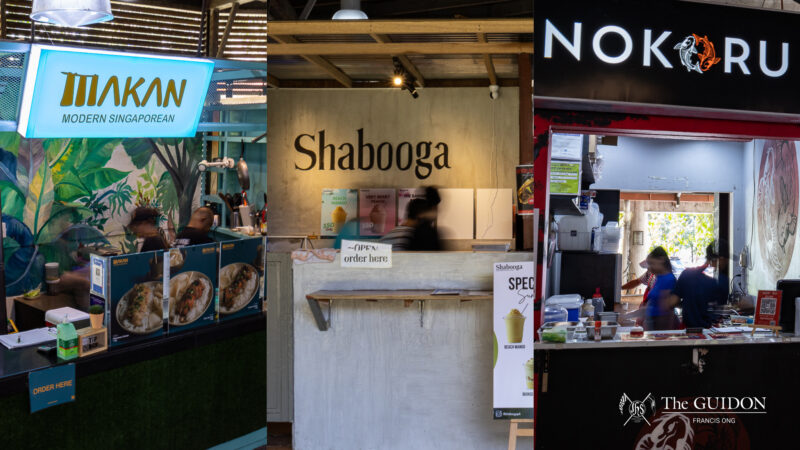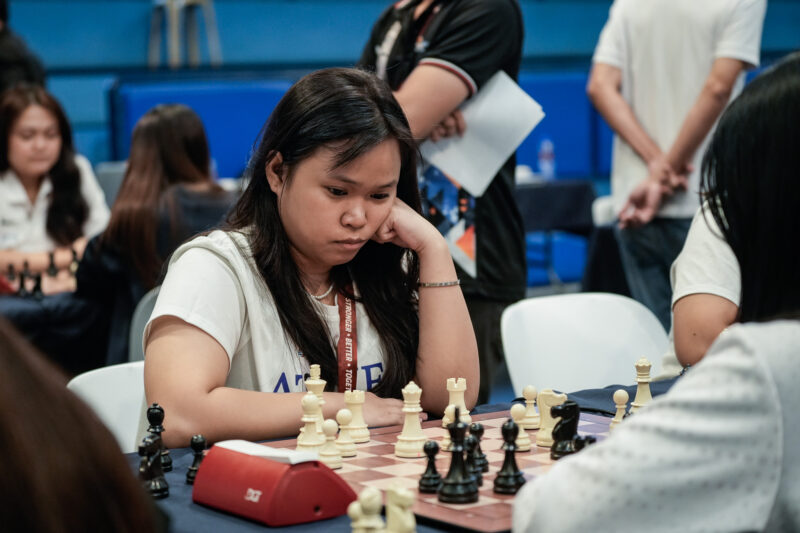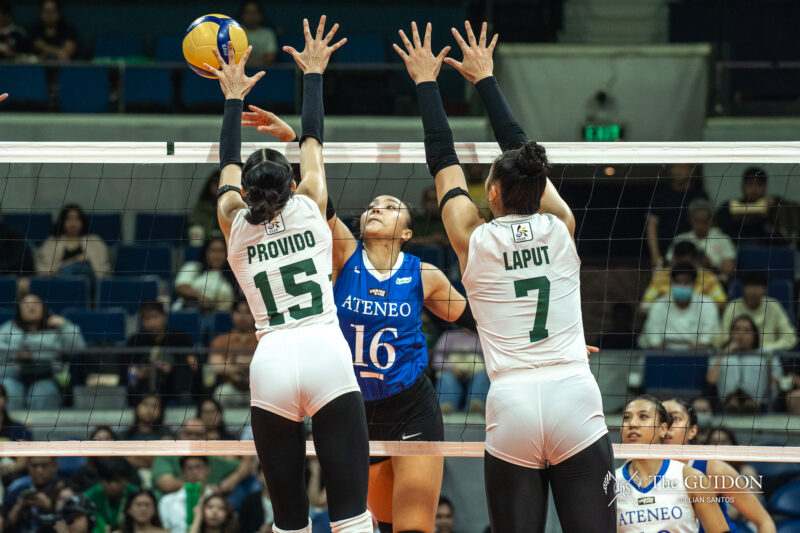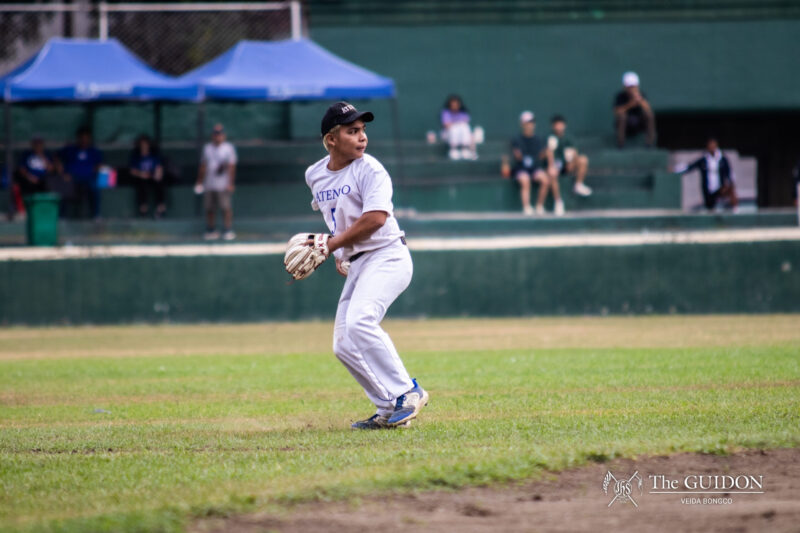 IT’S THAT time of the year again, when body tags, posters and room-to-room visits make their sudden reappearance in the Loyola Schools. From the last week of January to the first few weeks of February, proposals and platforms are the buzz words as the Sanggunian General Elections draw nearer.
IT’S THAT time of the year again, when body tags, posters and room-to-room visits make their sudden reappearance in the Loyola Schools. From the last week of January to the first few weeks of February, proposals and platforms are the buzz words as the Sanggunian General Elections draw nearer.
This year’s elections will accommodate more than just a change or retention of officers; it will include changes in the electoral process, as well.
The upcoming Sanggunian General Elections on February 17 and 18 will be fully automated, similar to the Freshman and Special Elections held on August 16 and 17 last year.
Necessarily, changes to the electoral code would affect aspiring candidates, the political parties they belong to, and the campaign materials they will be using.
Pre-election pulse
While potential candidates are polishing their platforms, the students remain expectant. One of the many issues which persist to be of concern to students is the Sanggunian’s transparency.
“I’m going to be a senior already but I feel that Sanggu is still exclusive to the people inside the Sanggu Room. I hope the people who will run [in the elections] will consider this issue as a priority,” said Junior Ray Francis Bolintiam.
Sophomore Gelo Pojol agreed but admitted that students should also have the initiative and the responsibility to participate in campus activities such as the elections. “Some students just don’t care really. I think some of them [students] don’t even know that the elections are coming,” he said.
Junior Juan Gabriel Faustino expressed his concern for the upcoming elections in the form of a query. “May magbabago kaya next school year sa Sanggu? Ewan ko lang. Basta ako boboto lang ako (Will there be changes in Sanggu next school year? I don’t know. I’m just going to vote),” said Faustino.
Party system issues
As of press time, the Ateneo Commission on Elections (Comelec) is still in the process of revising the electoral code. Meanwhile, Sanggunian Vice President Jojo Dumrique said that IBIG-Agila, of which he is a member, is currently finalizing its slate of candidates.
Dumrique said that IBIG-Agila has already created a database of its candidates for most of the positions.
Meanwhile. IBIG-Agila Vice President Olive Quintana said that they filed two challenges to the Comelec regarding issues on the parties.
“[First is about] the existing requirements for the political parties because previously we need 1% of the student population to be part of the party before it becomes accredited, but when you check the records, [there is no] stipulation about this,” she said.
Quintana also added that the second issue of their party was the imposition that “50% of the members should not be officers of the party.” She added that they were having difficulty with this since the transition of positions inside parties was “not yet smooth.”
Revisions and tweaks
Apart from the provisions, other changes include the Comelec members’ unanimous decision of automating this year’s general elections. Comelec Chief Commissioner Jon Andre Vergara said that this is not the only change they made in the electoral code.
“We included privileges for the candidates with the Office of Student Affairs’ intervention,” said Vergara.
Details of the privileges have yet to be announced. Vergara said, however, that an entire article would be devoted to explaining them.
He added that one of the criticisms people have of the Comelec is that they are only visible during the elections. He said, “after the electoral code is finalized we will work on the code outside the elections and this will have the jurisdiction over events like campaigning.”
Another problem was that Comelec was also perceived to be too arbitrary and restrictive. “Before, we only had a candidate’s manual and there were problems in the resolution. This year, we want to adapt the system of the Department of Student Welfare and Services (DSWS), that whatever regulations they approve of, we will do the same.”
The regulation Vergara pertains to includes issues on the sizes of the campaign paraphernalia of the candidates. He also said that this time, they will adhere to the size and format DSWS prescribes.
In relation to the campaign paraphernalia, a new system is being suggested in place of bonds.
Comelec would establish a price ceiling for all expenses of the candidates during the campaign period. Due to “economic reasons, this was changed.”
Comelec is now suggesting that the campaign paraphernalia should be based on the student population. Vergara mentioned that this is the best way to put maximum on the poster and other campaign paraphernalia that the candidates will give to the students and post around the campus.
All campaign paraphernalia to be posted around the campus are bound by the standards of the Ateneo Environmental Management Coalition.
For updates on the 2011 General Elections, visit http://blueballot.theguidon.com






